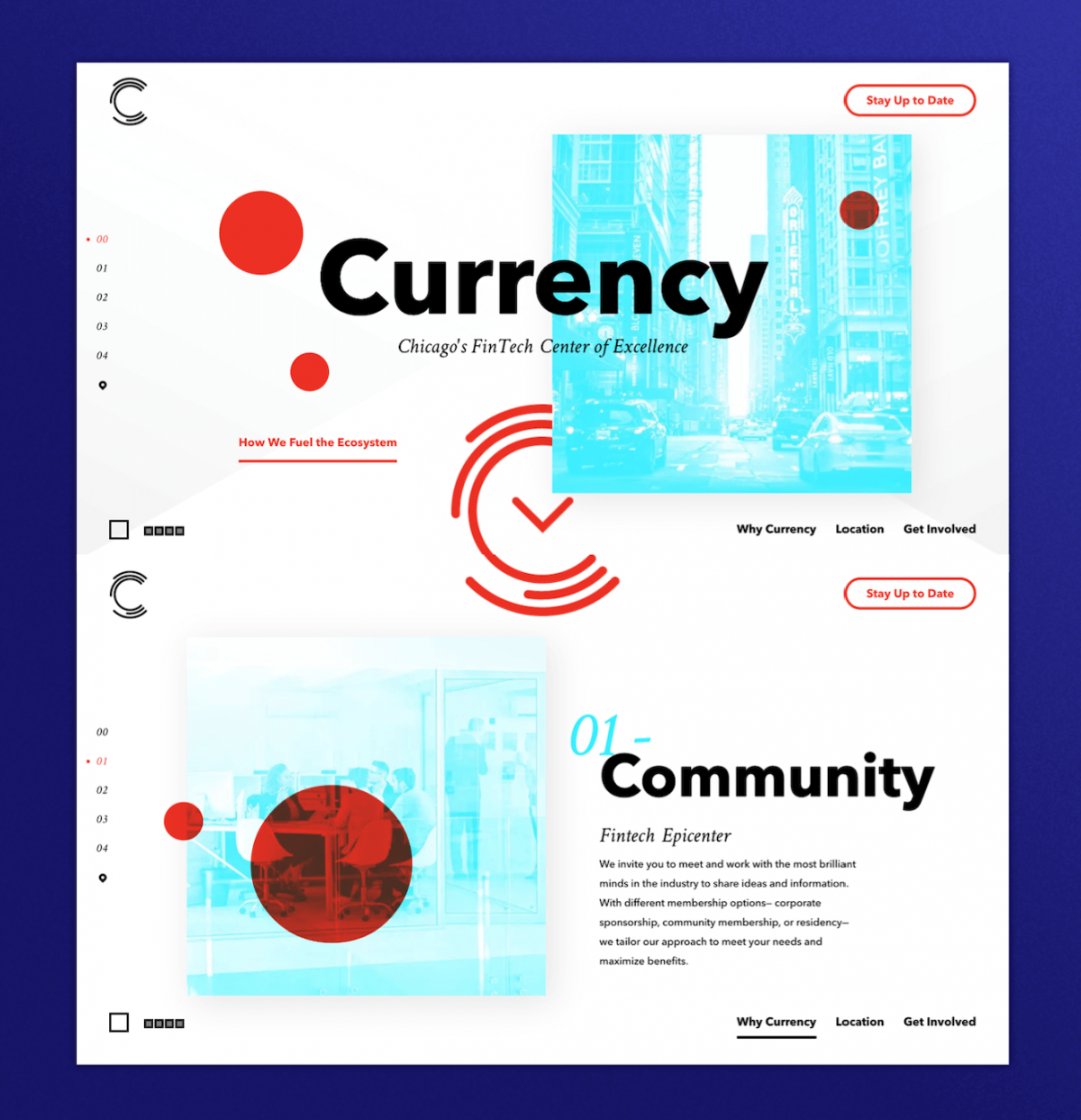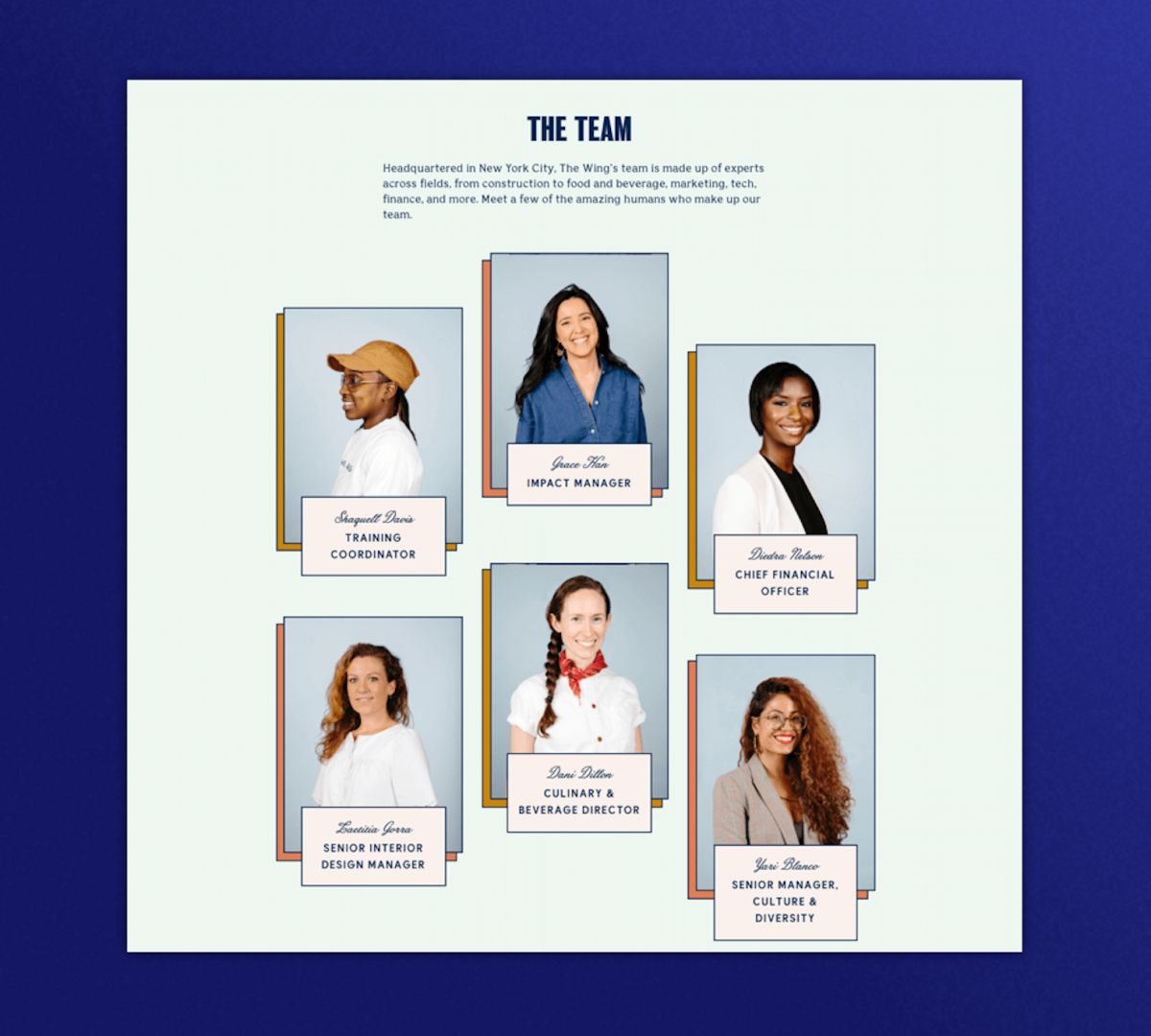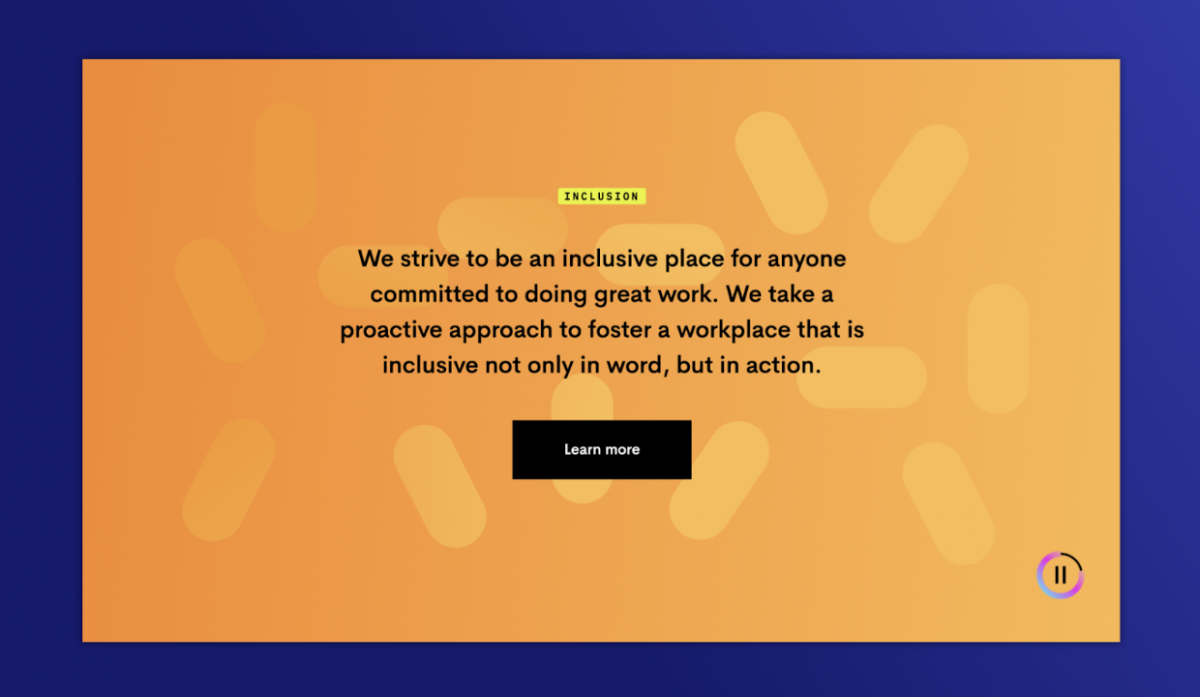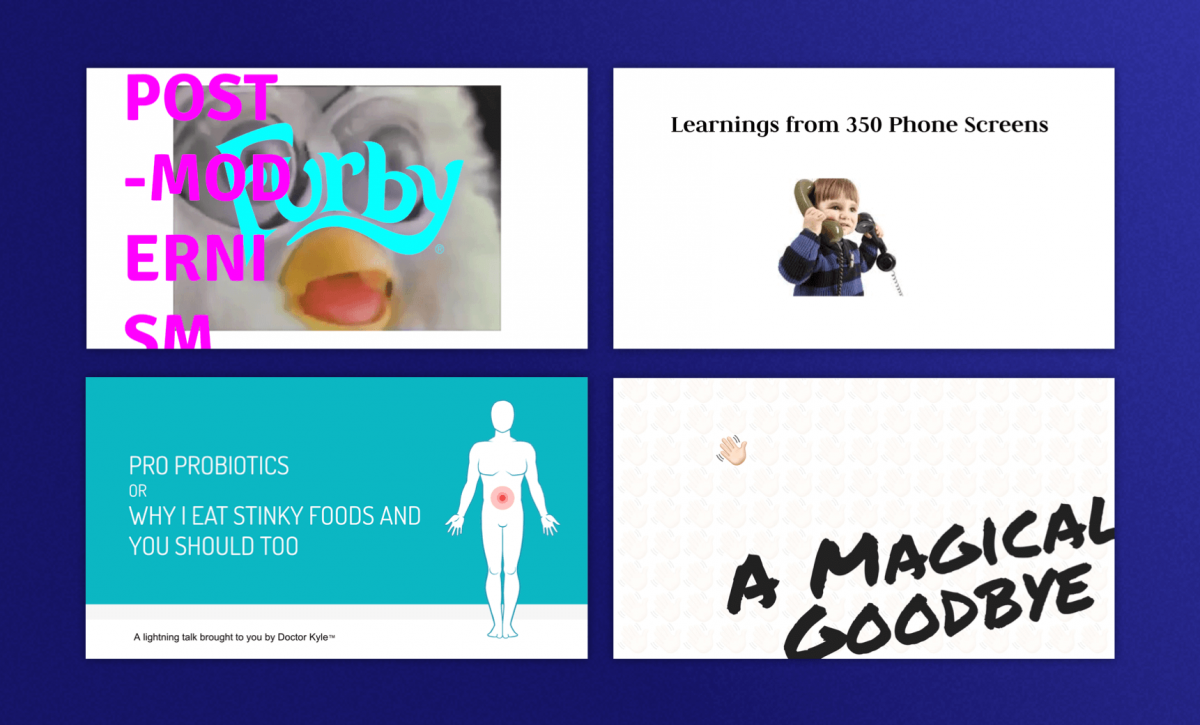Membership organizations exist to serve their members. Whether it’s a membership for a zoo or for a bar association, their purpose is to make the experience better for their members.
A top priority for associations is acquiring and retaining members. But, like most things, that’s easier said than done. Is your association struggling to grow your membership numbers? Does your membership marketing need a creative boost?
Here’s few reasons why your organization might be struggling to attract and keep new members (and a few ideas on how to change that).
3 Things Stopping You from Attracting New Members
Problem #1: Prospective members don’t know your organization’s benefits.
Benefits are so important to highlight: they’re the reason why potential members sign up and why existing members stay.
More and more niche associations are coming into the market, fighting for prospective members’ attention. That means it’s never been more difficult to get your target audience interested in your organization and educate them on what you have to offer.
Get your message in front of the right people, at the right time.
Certain membership benefits appeal more to certain members. Young professionals might prioritize networking events over social gatherings. More seasoned professionals might love member benefits focused on leadership and mentorship opportunities.
With flexible marketing landing pages, you have the power to make an interactive, engaging experience for each target audience you want to attract. Pages like this can also be used to promote events, launch campaigns, share industry news, and more.

Example of a single page, marketing landing experience. Source: http://www.currencychicago.org/
Problem #2: Your benefits aren’t accessible or easy to consume.
“People don’t read” is a common perception in our world today. But, the real truth is that people don’t read if it’s hard or they don’t care.
Someone who is researching your organization, trying to decide if they should join or not, will want to read the benefits they’ll get, but not in textbook-paragraph form, but in a way that’s digestible and written to address their specific “whys.”
If your marketing collateral looks like a newspaper, with long paragraphs and minimal whitespace, you’re doing it wrong.
Produce content to make users want to read it.
In order to drive membership, you need to be persuasive in the window of attention you’ve earned.

Membership landing page dives into detail on specific benefits members will receive, with the ability to learn more on detail pages, Source https://osteopathic.org/about/aoa-membership/
People like to skim first, then dive deeper into the content they care about. This behavior shows up specifically in web content, where users read websites in what’s known as an F-shaped pattern.
Structuring content in “chunks” or using bulleted lists, charts, or visually appealing layouts can help users easily find the information they actually care about, rather than having to work hard to uncover the benefits of joining your organization.
In addition, you can strengthen your content beyond a typical sales-pitch formula by using your most powerful source: your current members.
Word-of-mouth, referrals, and third-party validation are arguably the most important marketing tools. Having a formal referral program as an organization can help you get new members and reward loyal members, but it can also be used to help communicate benefits.
In the digital space, a testimonial or video interview can add a lot of value to your benefits section or page. You can also sprinkle them throughout the content experience to help persuade prospective members to join your organization.
Problem #3: Your association’s current membership and leadership doesn’t reflect your target audience.
According to behavioral economics studies, people are attracted to others who are similar to themselves. In order to attract new members, you need to make sure prospective members are able to see similarities in your current membership base and your organization’s membership and leadership.
AKA—if you want a diverse membership population, you need to have a diverse board where your target audience feels represented.
Build your community and network with intention to reflect your target audience.
Your organization—your team, your benefits, your brand—should be a good match with your target audience.
The Wing, a workspace for women, is a great example who puts their mission in practice. Their mission is “the professional, civic, social, and economic advancement of women through community,” and so it makes sense that their leadership team is primarily women, their photo assets are primarily women, and their copywriting, benefits, and events are structured around women’s issues, wants, and goals.

A coworking space for women is led by a diverse group of women, Source: The Wing
To fully solve this problem, there’s a bigger strategy that needs to be undertaken, not just by a marketing team, but the larger organization. However, there are quick fixes that can help kickstart the initiative.
Marketing materials should be genuine (avoid looking like a college brochure gone wrong), and reflective of the audience you think best represents your current AND future members. Copy should be intentionally inclusive, avoiding exclusionary phrases and language that might turn someone off from joining your organization. A statement about inclusion (and more importantly, working to live up to it internally) can go a long way to make someone feel welcome to pursue membership at your organization.
Although we don’t necessarily “recruit members” at Clique, there are parallels with hiring. As an organization, we believe that the best teams are diverse. People with different backgrounds bring different perspectives, ways of thinking, and ideas. Our commitment to creating an inclusive environment is reflected both in the office and on the web.

Clique’s inclusion statement, featured on our Careers page
We also have structures in place to actively create an inclusive environment, including having a Diversity & Inclusion committee who educates the company, plans events with intention, and helps us craft our brand language.
3 Reasons Why Your Members Are Leaving
The second half of the membership equation is retention: how can you hold onto the members that you attract?
In today’s climate, that’s especially challenging. Organizations compete with every other aspect of their members’ lives—work, family, personal, social, entertainment. It’s difficult to keep members seeing their membership as a unique value in their life.
So, what are some common reasons that your membership population keeps shrinking?
Reason #1: Members aren’t involved.
Many associations and member-based organizations have automatic renewals or free student memberships. This can be a good tactic for your initial pipeline but might backfire when it comes to long-term member engagement. Afterall, a powerful membership population is defined by the quality and quantity, not either/or.
Not only do you need to get members to sign up, but to encourage involvement in your association, whether it’s volunteering, joining a committee, or attending events.
Give members opportunities to become personally invested in their membership.
When a member joins your organization, they join for a reason. Maybe they want to network, maybe they want a mentor, maybe they want to attend events, have fun, and make friends. Whatever their reason, it’s important to them.
Focus on delivering niche ways for members to get involved in the aspect of the organization that they care about most. Getting members to put some “skin in the game,” can make it a part of their identity. And, as the Endowment Effect shows, people are reluctant to part with something that they own.
For example, if your organization promises mentorship and continued learning opportunities, encourage the more established members themselves to be the ones offering education.
At Clique, we host “Lightning Talks,” 5-min presentations about any topic.

A few examples of lightning talks that we’ve given at Clique Studios
By getting someone involved in creation of a “talk,” we’ve found that they’re more engaged for other people’s talks and more likely to attend a talk in the future (even if they aren’t giving a talk themselves).
Reason #2: Your organization focuses more on marketing than on providing.
Too often members go from feeling excited to feeling forgotten, especially if your organization is big. It’s important to continually remind members that they are the priority of your organization—that they’re an individual to you, not just another number on your spreadsheet.
Restructure everything to serve your members first, to market to prospective members second.
This may seem counterintuitive to get retaining and attracting members, but it’s easy for people to tell if an organization actually values it’s members or if it’s just marketing smoke and mirrors. Real results and engagement will keep you current members happy and, in the long-run, attract prospective members too.
One specific way to focus efforts on current members in a public way is through your website.
Too often, organizations see their site as a simple membership marketing tool. “This is who we are, here’s the benefits of membership, sign up today!” And yes, this is important, but it’s also important to leverage your website as a resource for your current membership.
How can your website get people more involved? How can your it foster community, communication, and a better membership experience? Your website should be seen as a benefit to being a member.
Gated content can make your current members feel like a priority in the organization, not just another “sale” that you made. And, with previews of the content or limited access, prospective members and the public can get a taste of the value in full membership too.

CTAs show that the content is gated for members only, Source: The New York Times
A separate membership portal can be used as a complete tool for members. With forums and messaging, they can network, share opinions, and build a community. Events can be integrated to show on the main site (for prospective members to explore as a benefit) but also in a calendar format (for current members to be able to sign up).
Reason #3: Not listening to members.
A common pitfall of all organizations, associations included, is making decisions based on assumptions instead of data or real human experiences. It’s why we listen to users when we build websites, and why you should listen to members when you build your association.
With choices often driven by leadership—the loudest, most powerful, most involved people in the room—organizations are at-risk of being run on their assumptions, because, no matter how diverse leadership is, they will carry some bias. In order to see the full scope of your organization, you need to talk to all members, not just leadership.
Ask for feedback (and make the process easy).
Providing feedback shouldn’t be a difficult process for your members. If it is, you won’t get any.
To make it accessible, you need to provide an open line of communication between members and your team. In-person, you can build a comment box or make a community manager readily available for conversations. Online, you can provide a contact form (or chat functionality) that is welcoming, easy-to-spot, and simple to submit. These elements, combined with social media or membership portals help to foster an online community.

An example of a contact form, Source: https://amafoundation.org/contact
With whatever path you choose, be sure to take a transparent and open approach. If someone reaches out, they need clear expectations and consistent delivery. Despite how busy you are, there’s nothing worse than you asking for feedback, getting it, and doing nothing. It will make members lose trust in your follow-through as an association.
Giving members the ability to share their experiences helps you create a better one—which will make members want to stick around.
Increasing Membership is Hard Work
You need to constantly balance attracting new members and engaging current members.
To attract new members…
- Speak to the right audience at the right time
- Create relevant, compelling, useful information that’s as easy to consume as possible
- Make your target membership feel welcome and included in your organization
To retain current members…
- Get members involved and invested in your organization
- Prioritize your members over your marketing
- Make giving feedback welcome, easy, and inclusive
All of these concepts work best when done cohesively. Your marketing efforts, resources, and branding should be unified, and, one of the best places to start is a place that touches all three of these things: your website.
Your website can be the start of solving these problems and can help increase your association’s membership, but only if built right.


